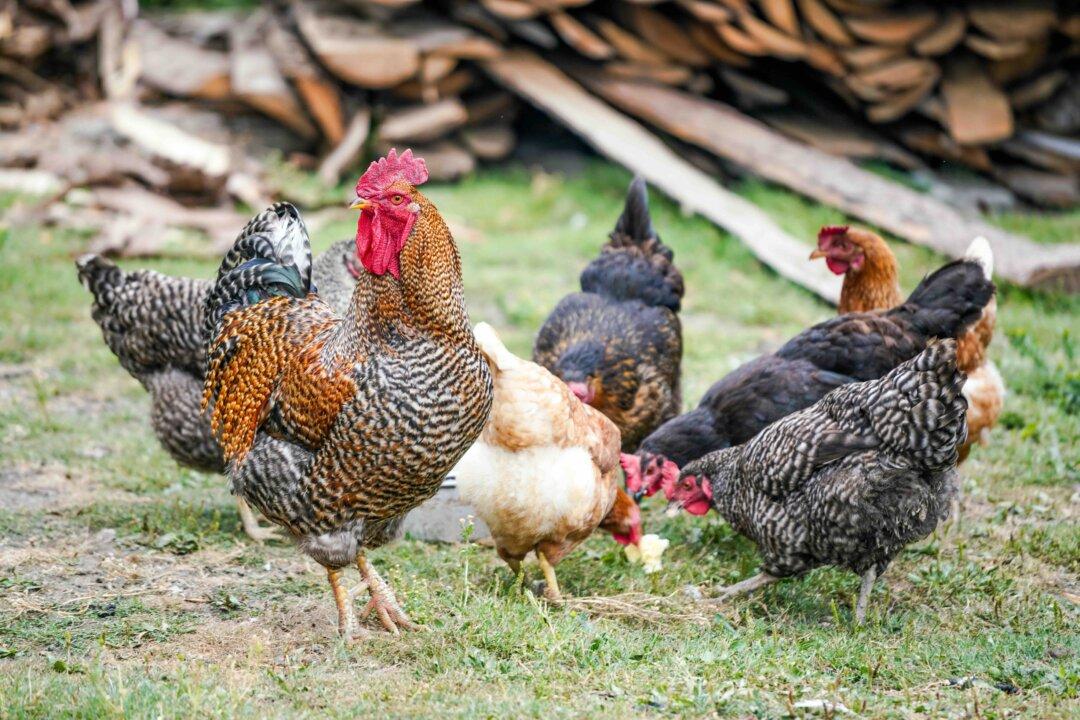When people think about regenerative agriculture, most of them think about regenerating the soil. But for John Kempf, founder of regenerative agronomy consulting company Advancing Eco Agriculture, it’s also about regenerating public health.
The key, he says, lies in plant immunity. When farmers grow healthy, nutritious plants that are naturally resistant to illnesses and pathogens, the crops can transfer that immunity to the livestock and the people who eat them—the animals as well as the plants.





